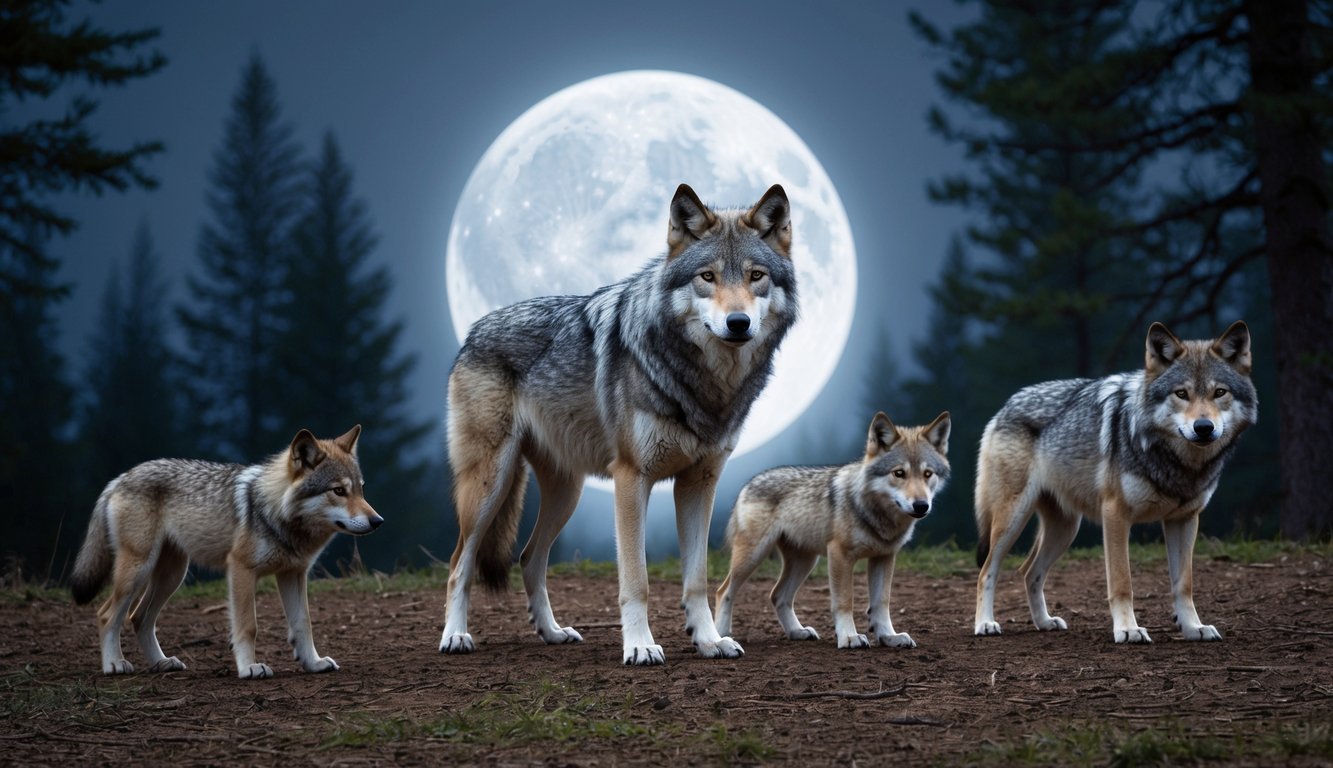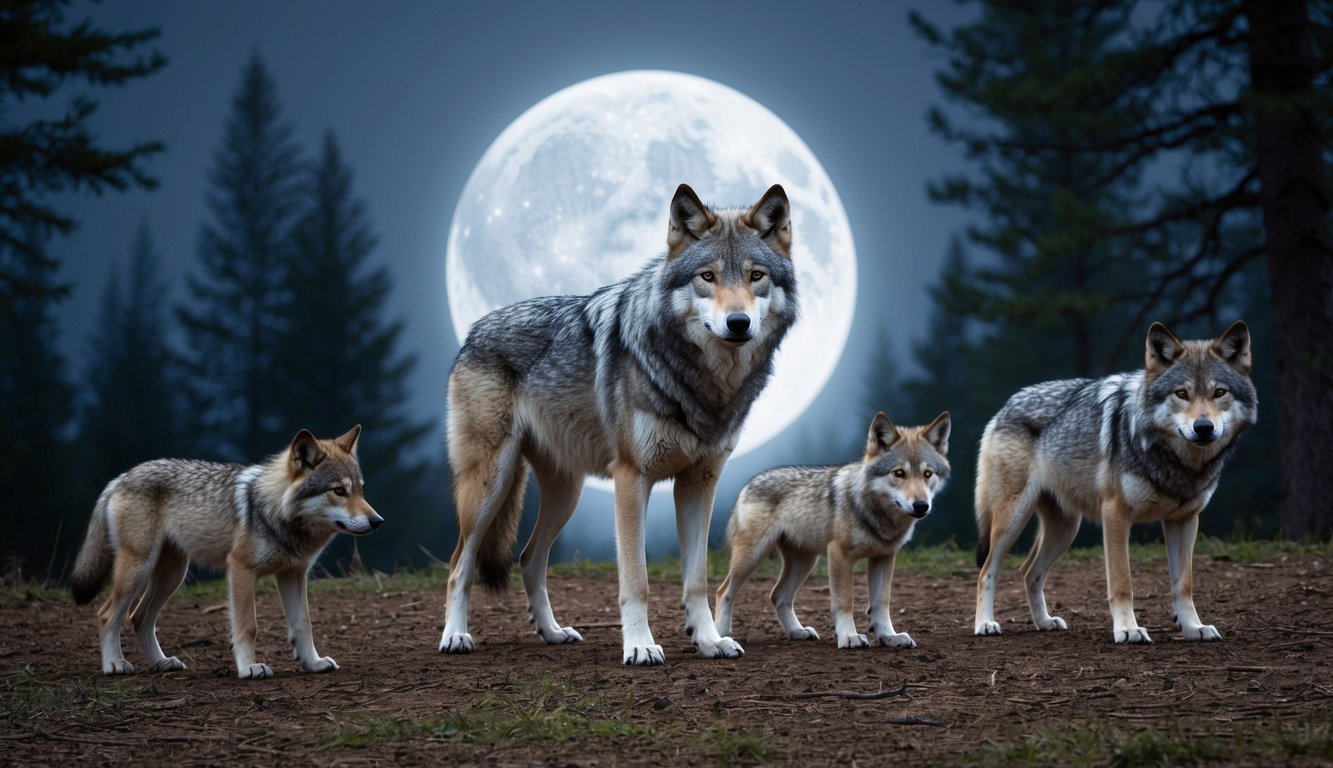
Tragic End of a Legacy
The recent death of a renowned wolf in Yellowstone National Park, known as the “Queen of the Wolves,” has resonated deeply with wildlife enthusiasts and park officials. This wolf, identified as 907F, died following a confrontation with a rival pack in late December.
Biologist Kira Cassidy explained that 907F played a crucial role within the Junction Butte pack, having raised an impressive ten litters, the highest number recorded in the park’s history. One of her offspring has become the alpha male of the nearby Mollie’s pack.
A Journey Through Time
907F was born into the Junction Butte pack in 2013 and took on leadership after her aunt’s passing. In wolf societies, territory and lineage are often passed down through female members. Between 2017 and 2023, leadership within the pack altered among adult females approximately every one to two years. During this time, 907F lost her left eye under circumstances that remain uncertain.
At the time of her death, she was 11.7 years old, ranking her as the fifth-oldest wolf documented in Yellowstone. Her life ended tragically while defending her pack against the rival Rescue Creek pack.
Enduring the Wild
Cassidy pointed out the harsh realities of wildlife life, even within a protected area like Yellowstone. Wolves typically do not die of old age, with the average lifespan being around three to four years. Only about one in 250 wolves reach the age of 11. Since 1995, only five wolves in the park have lived to this age, with the oldest recorded wolf reaching 12.5 years. The oldest wild wolf ever documented lived to 13.75 years in Idaho.
Park staff and wildlife advocates took some comfort in the natural circumstances surrounding 907F’s death, as it was not attributed to human interference or vehicle accidents. This stands in contrast to the fate of another notable park resident, grizzly bear 399, who was killed by a car in October.
907F had shown remarkable skill in evading danger throughout her life. Her pack structure, consisting of 10 to 35 wolves, provided a safety net against territorial conflicts, a leading cause of mortality for wolves in the region. The collective efforts of the pack also made hunting large prey, such as elk and bison, safer, while her cautious nature kept her away from roads and human activity.
Dan Stahler, a biologist involved in Yellowstone’s Wolf, Cougar, and Elk Projects, praised 907F’s resilience and the impact of her story on many people who followed her journey. In her final moments, while fiercely defending her pack and territory, she exemplified the wild spirit of Yellowstone and the potential for these majestic animals to thrive in their natural habitat.
Wolf technician Taylor Rabe expressed her admiration for 907F on social media, highlighting the significance of her surviving for 11.5 years in such a challenging environment.
As news of her death spread, tributes honoring her life surfaced across various social media platforms. Wildlife photographer Deby Dixon, who has tracked other notable park animals, shared her appreciation for 907F’s life, noting that she passed away naturally, although violently, and did so as a true wild wolf, not a victim of hunting or accidents.
“`htmlStudy Details:
- Article Topic: Death of a wolf known as “Queen of the Wolves” in Yellowstone National Park
- Authors: Kira Cassidy (biologist cited)
- Link: Original article

